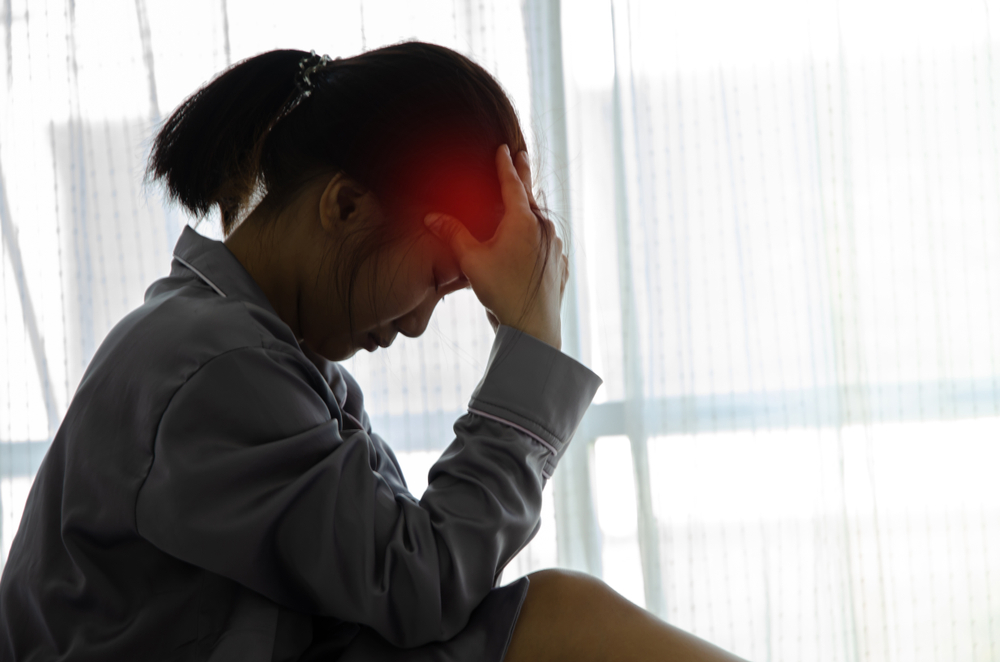Eczema – Types, Diagnosis, Symptoms, And Treatments
Eczema – Types, diagnosis, symptoms, and treatments
Eczema is a collective name for a group of skin conditions that causes the skin to become itchy, inflamed, and red. There are different types of eczema, and they go by different names. The exact cause of this skin condition is still unknown. However, heredity seems to play a role in the development of this condition. Eczema is the result of an interplay of genetics and environmental factors. Similarly, an allergy may also have a part to in eczema development.
The origin of the word eczema comes from “ekzein”, which is Greek for “to boil”.

What is eczema?
- A dry skin condition, eczema differs from person-to-person. It has many different forms.
- In cases of mild eczema, the skin turns red, dry, and itchy.
- Severe cases of eczema may cause bleeding, weeping, and crusting.
- Primarily affecting children, eczema can affect people of any age group. Sometimes, those who have overcome eczema in their childhood may experience it recur again in their lives.
- It is estimated that one in every three American suffers from eczema.
- As of now, the exact cause of eczema is unknown, and there is no cure for the condition.
Which are some of the different types of the disease?
- Atopic eczema – Atopic eczema is one of the most common forms of eczema affecting people. Atopic means a group of disease conditions involving the immune system. This type of eczema causes the skin to turn red, dry, itchy, and cracked. More commonly seen in children, it usually occurs before a child’s first birthday.
- Contact eczema – Contact eczema is a condition of the skin that results from the skin coming contact with a substance that leads to an allergic reaction. It causes the skin to turn red, itchy, dry, cracks, and scaly. Sometimes, even leading to blisters and bumps that may ooze. Additionally, it can lead to tenderness, swelling, and/or burning. Common substances causing this condition include jewelry, cosmetics, perfumes, plants, and soaps.
- Dyshidrotic eczema – Dyshidrotic eczema, also known as dyshidrosis, is a condition that leads to blisters on the palms and the soles of the feet. These blisters are filled with a fluid and often itchy. Although the exact cause of dyshidrosis is unknown, some experts believe it could be associated with seasonal allergies, as the blisters tend to erupt during the season of allergies.
- Nummular eczema – Nummular eczema, commonly known as discoid eczema, is a type of eczema which is not limited to any particular age group. It looks much different than the other types of eczema and is difficult to treat, as it affects every individual in a different manner. The spots of nummular eczema appear to be coin shaped and they may or may not be itchy.
How is eczema diagnosed?
- There aren’t any special diagnostic tests for eczema.
- History and the nature of the skin and the specific symptoms help the diagnosis.
- The doctor is likely to test the patient for allergies as some types of eczema are associated with allergic conditions.
- Other tests are usually conducted to eliminate the possibilities of other diseases masquerading as eczema.
What are the symptoms of severe eczema?
- The symptoms of severe eczema vary with the age of the patient.
- Symptoms in infants below two years of age include rashes on cheeks and scalp along with extreme itching interfering with sleep.
- For children between the ages of two years to puberty, it is common for the rashes to appear behind the creases of the knees, the elbows, the wrists, and the creases between the legs, the buttocks, and the neck.
- Rashes can change color, become bumpy, and undergo lichenification. This leads to the thickening of rashes, formation of knots, and constant itching.
- In adults, generally, the rashes appear in the creases of the knees, the neck, or the elbows. The rash can spread to other parts too, sometimes covering almost all the body parts.
- The skin tends to turn extremely dry along with persistent itching.
How is eczema treated?
- Eczema has no permanent cure.
- The management can be divided into medication, home care, and lifestyle.
- Medication is often prescribed by the doctor and should be taken as prescribed.
- Generally, local application of corticosteroid creams is advised by doctors. Adverse side reactions limit its use for only a short duration.
- Systemic treatment with corticosteroids is resorted to when warranted.
- In cases of bacterial, viral, or fungal infections appropriate medicines are prescribed.
- In case of allergic manifestation, an antihistamine is added.
- Recently, the Food and Drug Administration (FDA) has approved the topical use of immunomodulators in patients who are older than 2 years of age. As immunomodulators are suspected to be carcinogenic, their use is limited to a short duration only.
- Home care for eczema includes taking regular lukewarm water baths, preferably twice daily. Drying oneself by dabbing after the bath, and applying proper moisturizing agents within three minutes of the bath in order to seal the moisture into the skin.
- As eczema causes the skin to turn extremely dry, moisturizing regularly and frequently is an important part of home care.
- Additionally, wearing loose and soft cotton clothes can help in easing the discomfort caused by this skin condition.
- Lifestyle changes include identifying the triggers that make the eczema symptoms worse and avoiding the same.
- Following a healthy and balanced diet along with ensuring drinking plenty of water.

